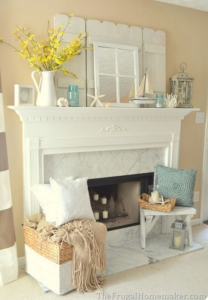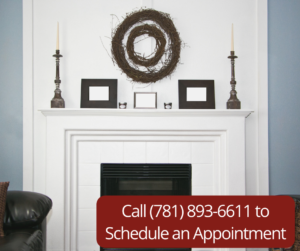Chimney Cleaning: Chimney Mistakes To Avoid
To avoid fire and maintain your chimney in great shape you should regularly clean it. While the process is easy and straight forward, many homeowners tend to make a number of chimney cleaning mistakes. Here are some of the most common:
If you can’t see it, it’s fine
If creosote levels aren’t too high, you most likely won’t notice it. While this is the case, it doesn’t mean that the creosote levels aren’t dangerous to you and your family. Remember that even a small creosote coating has the potential of causing fire.
To avoid the danger that comes with it, you should hire a professional chimney contractor who will inspect the chimney and determine whether it should be cleaned. The cool thing with working with the contractor is that the professional will also sweep and repair the chimney if it’s in a dreadful state.
Going for the cheaper option
People are attracted to cheaper products and services. There are many chimney cleaning professionals who take advantage of this and distribute flyers advertising their cheap services. While there are many homeowners who are caught in the trap of cheap chimney services, you shouldn’t.
Remember that you get what you pay for; therefore, if you pay cheap, you will get cheap service. A common feature is the inability of the cheap contractor to properly inspect, clean and repair the chimney thus putting you at the danger of fire and chimney collapse. Most of the cheap chimney cleaning professionals don’t offer insured services; therefore, when something goes wrong, you are left on your own.
Before you enter into an agreement with the cheap professional you should ask yourself whether money is more important that your life and that of the people that you love.
Ignoring the contractor credentials
Studies have shown that many homeowners don’t check the credentials of the contractors that they hire. This means that the chimney repair professionals can easily lie to the homeowners and get away with it.
To be on the safe side you should be strict when hiring. As rule of thumb you should ask the professional to give you all the documents that prove that he/she is certified, insured and allowed to work in the area. To know how the contractor handles his/her work you should ask him/her to give you a list of the homeowners that he/she has worked with.
To protect your property, your life and that of your loved ones you should never work with a chimney professional who doesn’t have the necessary credentials.
The post Blog first appeared on First Class Chimney Services.
This post first appeared on https://www.firstclasschimneyservices.com

 Traditional open masonry fireplaces might look nice, but they’re not great at producing enough heat during our long, cold Connecticut winters.
Traditional open masonry fireplaces might look nice, but they’re not great at producing enough heat during our long, cold Connecticut winters. Get the fireplace you want
Get the fireplace you want
 A house fire isn’t just something that happens to other people. It can happen to anyone. Fortunately, by engaging in safe practices with your
A house fire isn’t just something that happens to other people. It can happen to anyone. Fortunately, by engaging in safe practices with your  6. Have your chimney cleaned once a year
6. Have your chimney cleaned once a year




 Creosote buildup
Creosote buildup A chimney that receives regular maintenance should give many years of safe and efficient service. But once a chimney passes into “old age,” i.e., 50 or 75 or more years old, certain problems should be expected. Still, with proper repairs and maybe some alterations,
A chimney that receives regular maintenance should give many years of safe and efficient service. But once a chimney passes into “old age,” i.e., 50 or 75 or more years old, certain problems should be expected. Still, with proper repairs and maybe some alterations,  Historic chimney inspections
Historic chimney inspections
 Bricks
Bricks